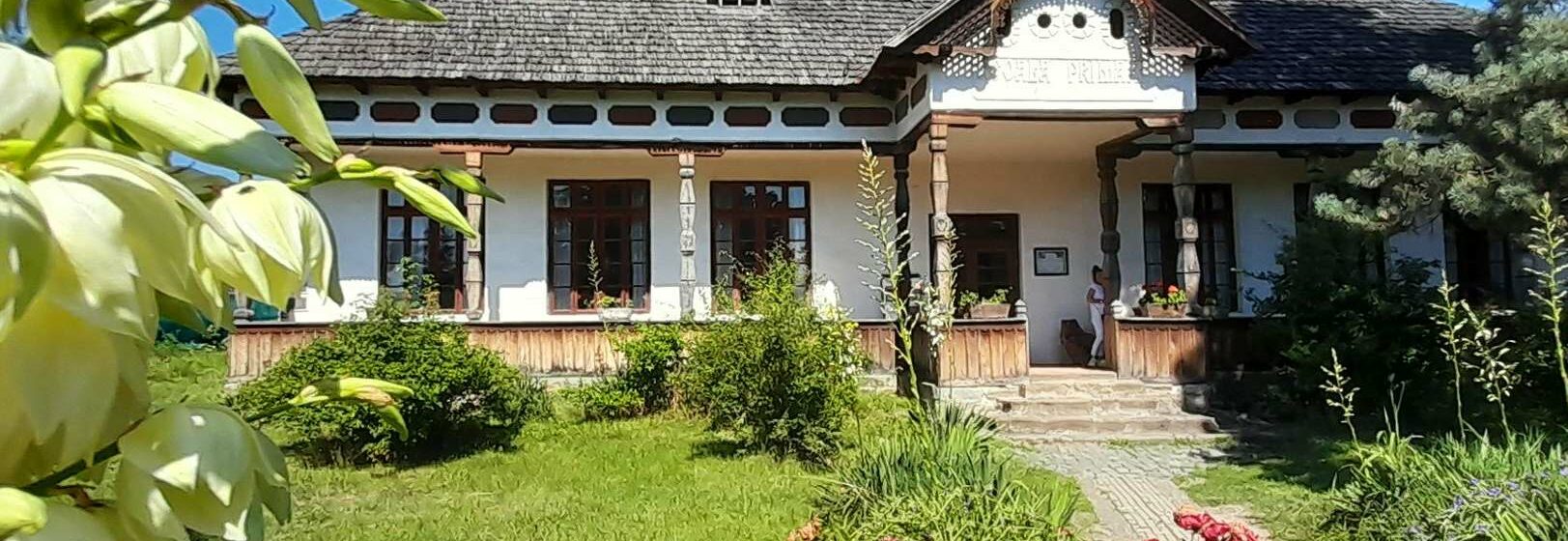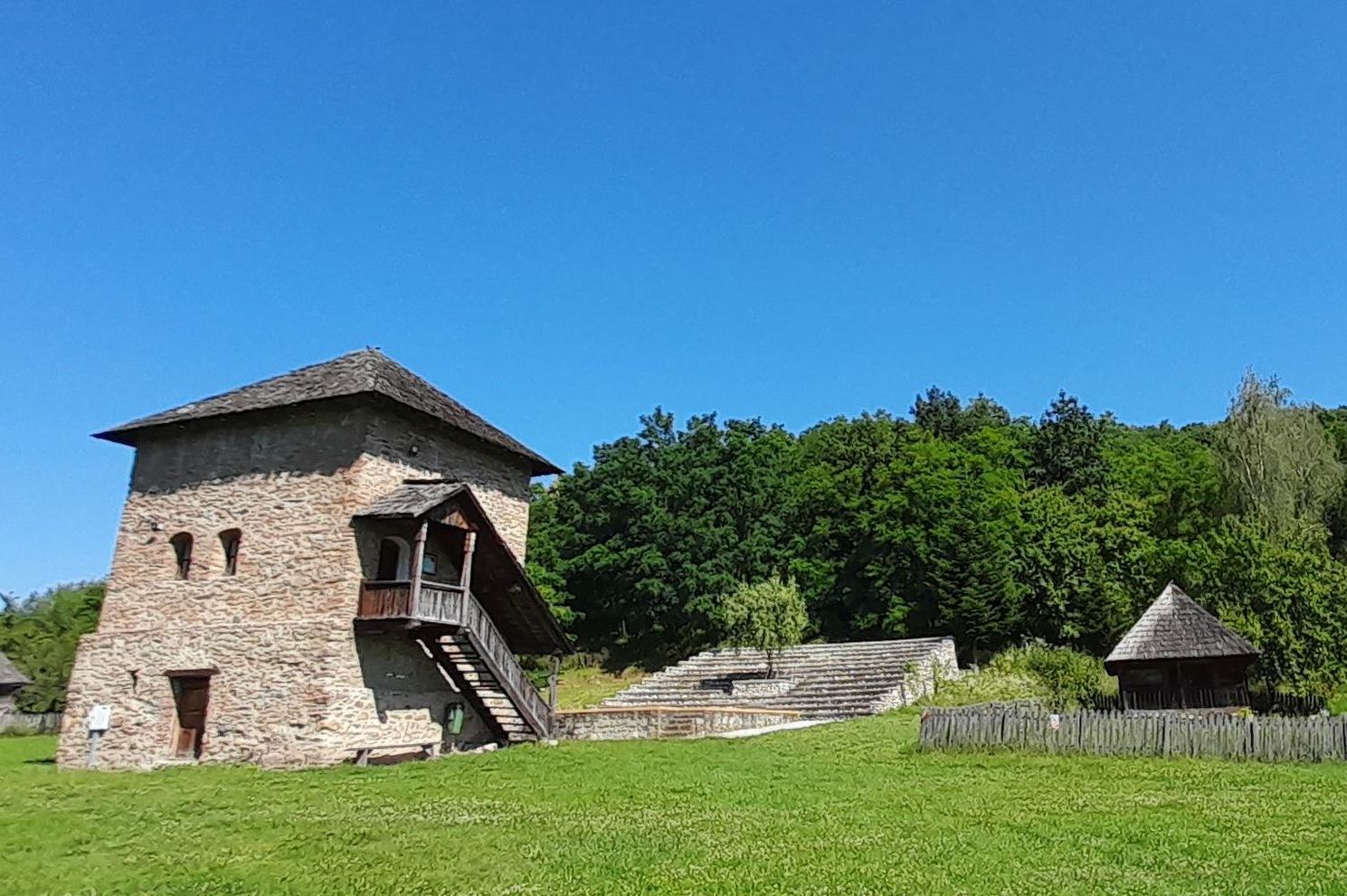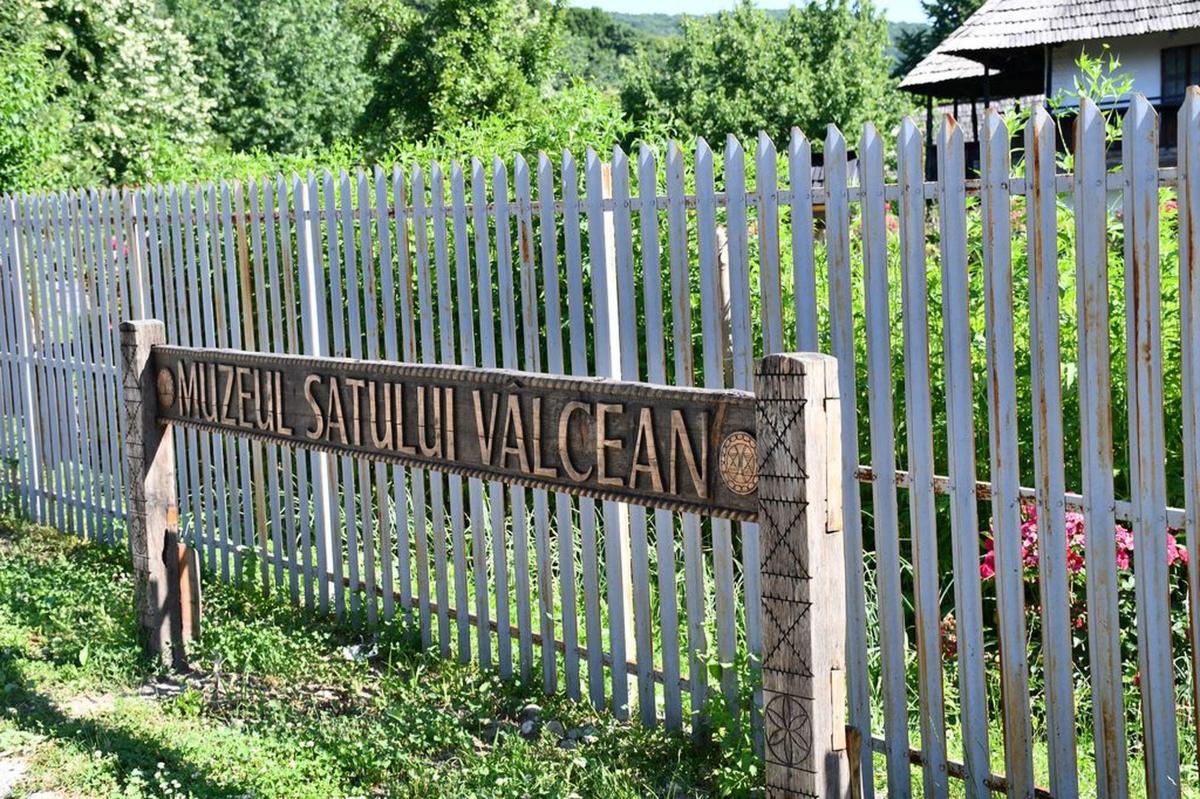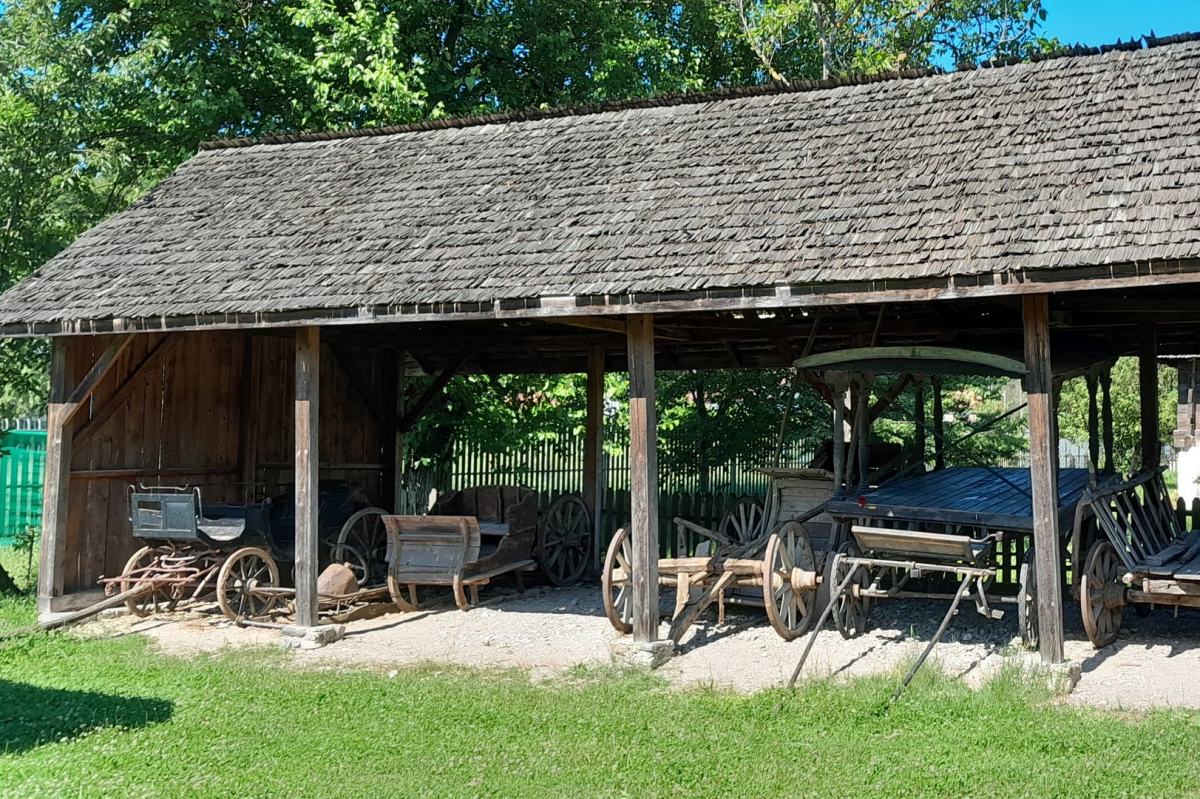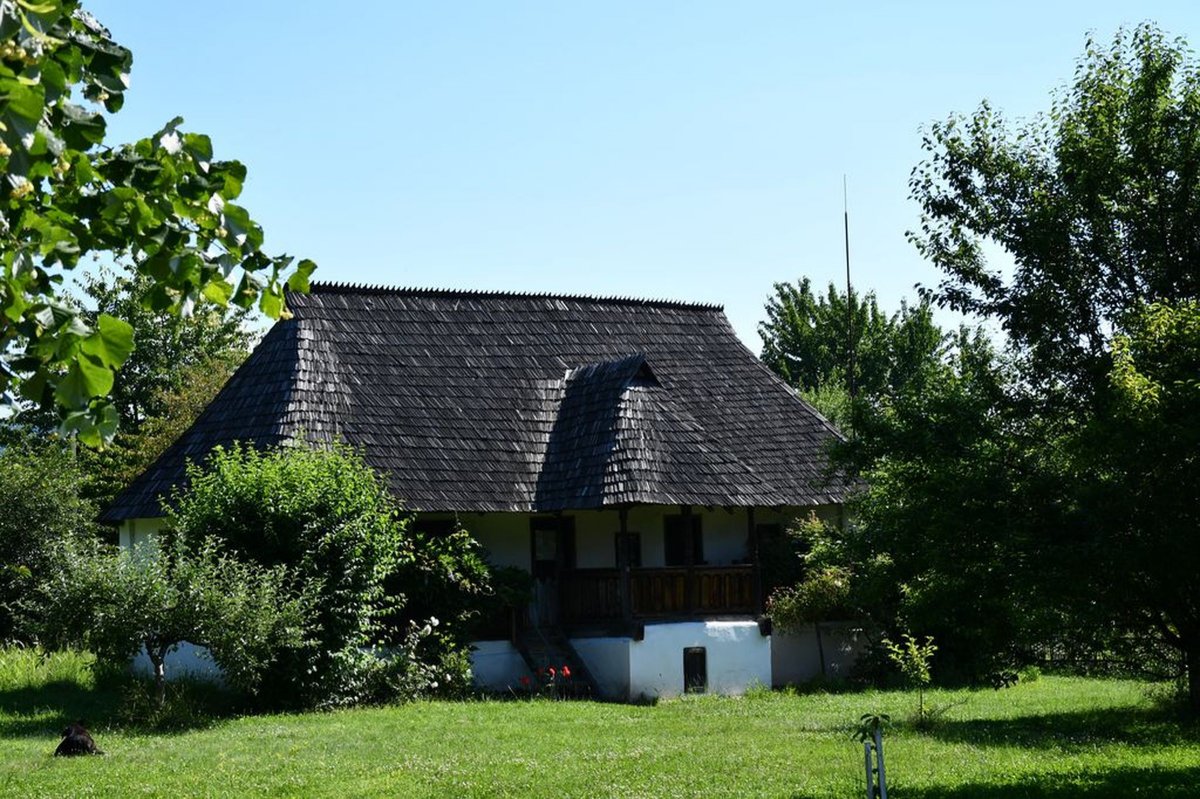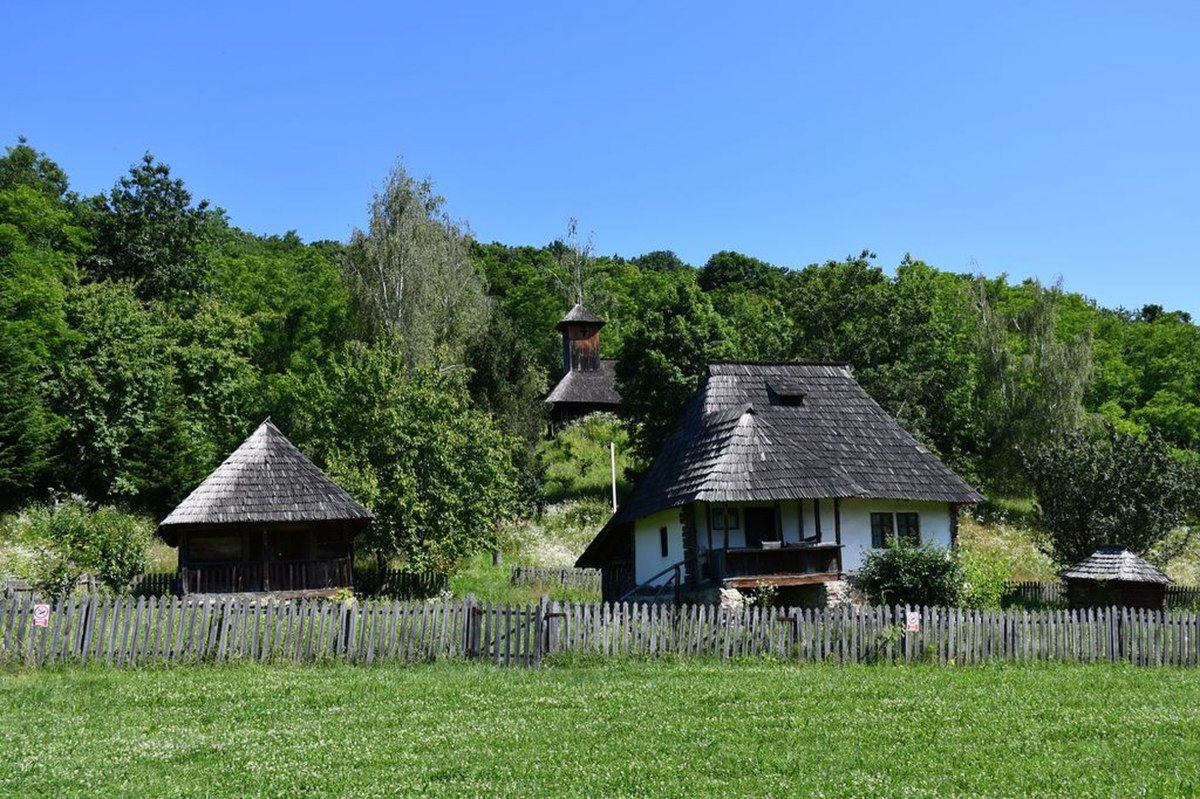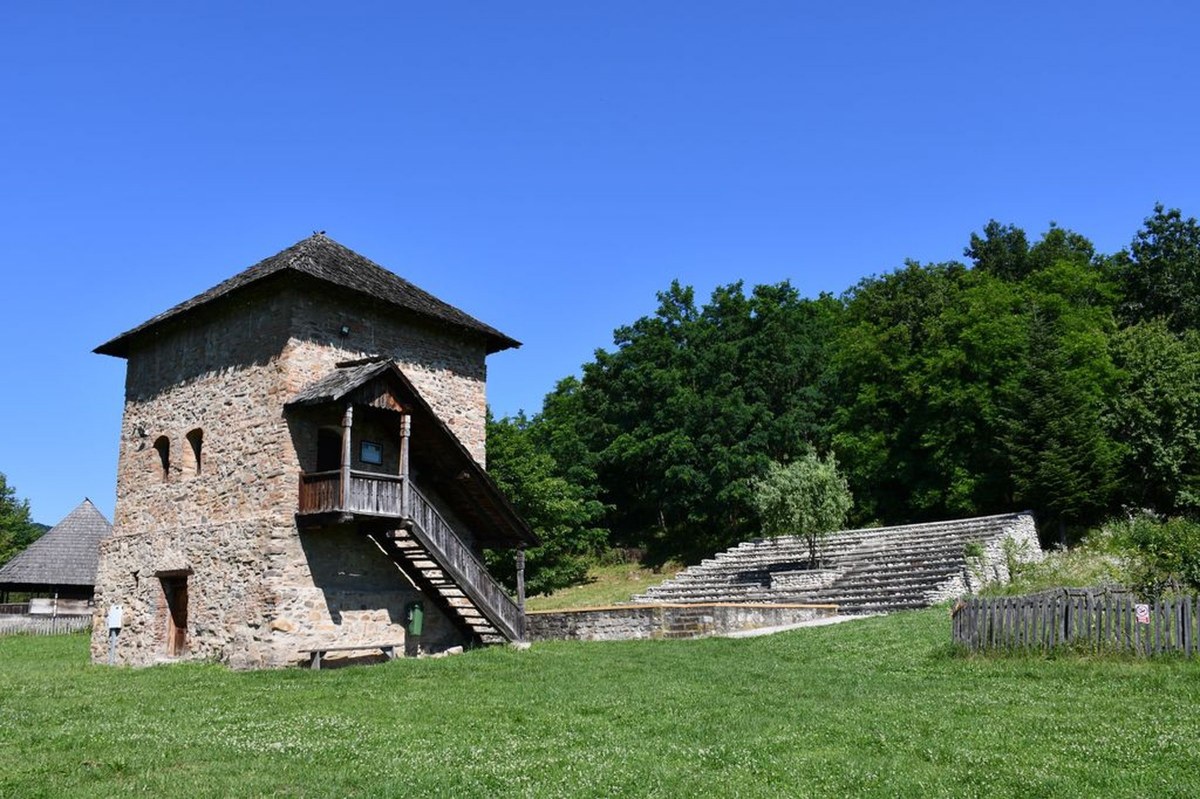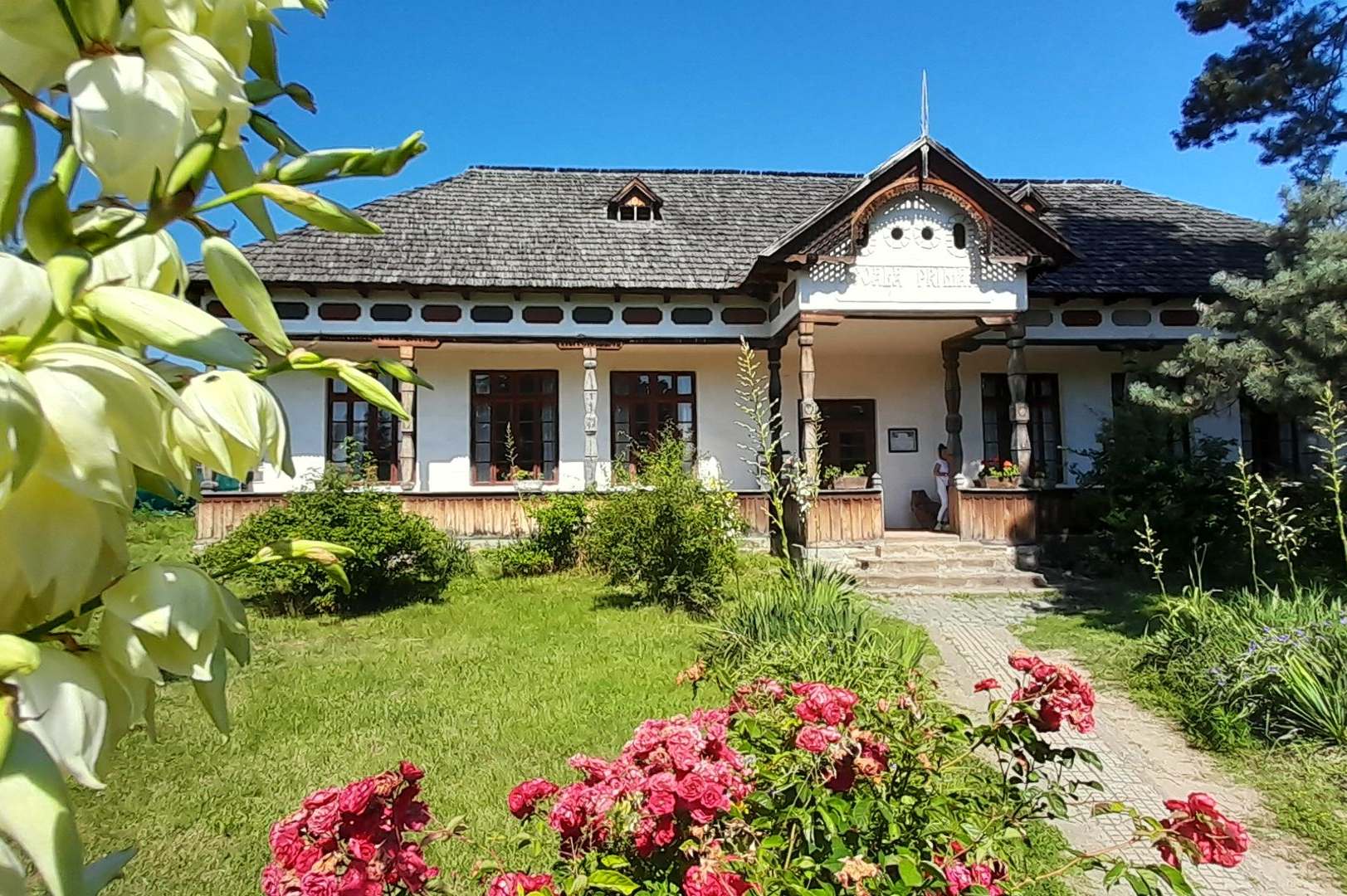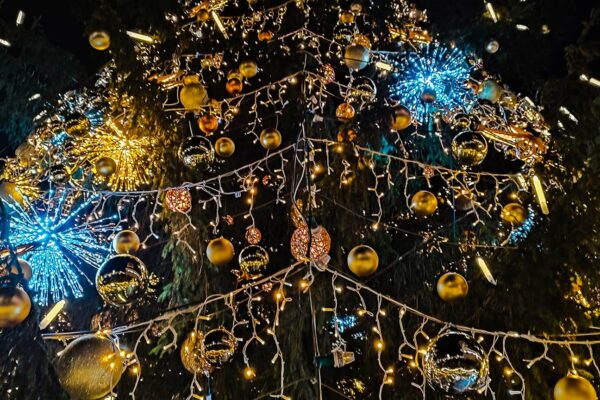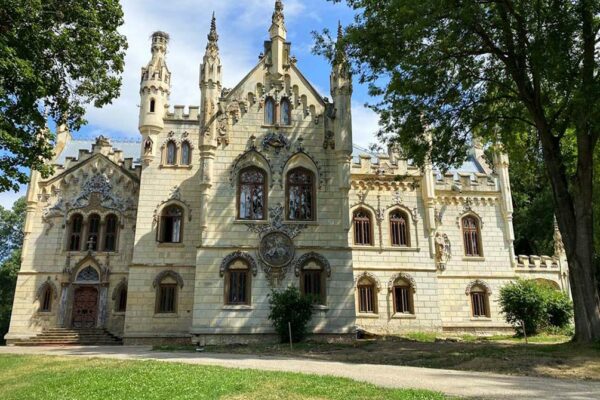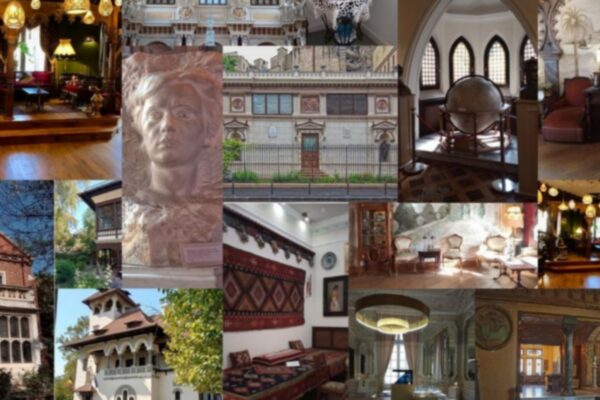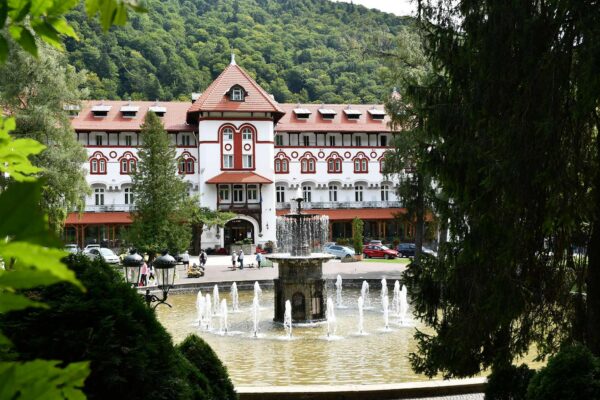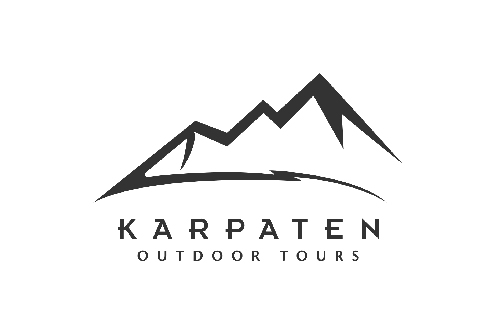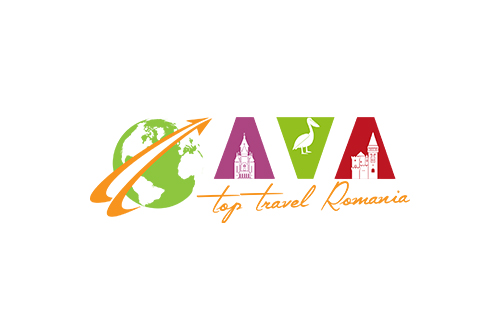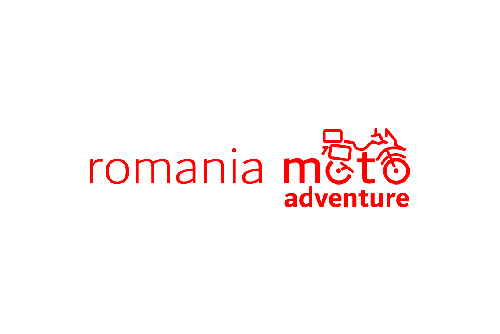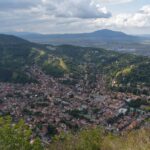
Brasov | A fantastic destination for every visitor to Romania
11 December 2023
April 13, 2024: “The world-famous Glenn Miller Orchestra “LIVE & SWINGING”
13 December 2023The Museum Village / Ethnographic Museum in Bujoreni in Valcea County
The Valcea Village Museum is an open-air ethnographic museum built on an area of 8 hectares and opened in 1974 in Bujoreni, Valcea.
Founded in 1969 and opened in 1974, the museum is located on the border between the commune of Râmnicu Vâlcea and the urban commune. Covering an area of 8 hectares, the village museum (with almost 80 architectural buildings and around 12,000 museum pieces) reconstructs the functional image of a traditional rural settlement with all its socio-cultural facilities.
In addition to the Cula Bujorenilor (also known as the “outside staircase cell”, built around 1810 by Preda Bujoreanu and included in the list of the most important cells in Oltenia), the Valcea Museum Village also includes the Bogdan Inn (from 1889), the Cacova schools (Stoenești) from the 20th century, the wooden church (1785), where services are still celebrated on major holidays. There are also many other religious buildings (crosses, troughs), furnished farmhouses from Valcea County with outbuildings (the oldest house is over 200 years old), as well as wells and gates typical of the area.
The Household and Dwelling section – comprises 42 units and over 12,000 museum pieces illustrating the household structure according to traditional occupations: Agriculture, fruit growing, viticulture, animal husbandry or a range of craft and popular techniques, while following the diversity and planimetric and volumetric evolution of the dwellings with one or more rooms within the museum are particularly noteworthy. The houses with pavilion in the ethnographic area of Horezu (in the municipalities of Maldaresti, Stoenesti, Barbatesti), the households specialized in viticulture transferred from the area of Dragasani (villages of Prundeni, Olteanca), fruit growing (municipalities of Alunu, Tomsani, Cernisoara) or cattle breeding in the mountain area (villages of Boisoara, Pascoaia-Brezoi). In addition to the dwellings, households were also assigned a number of outbuildings: sheds, stables, haylofts, stables for storing agricultural produce or for rearing poultry and animals.
The social-cultural area – the “monuments of public utility” represents a rural elementary school from the beginning of the 20th century from the time of Spiru Haret, an inn from the end of the 19th century in the village of Saliate in the municipality of Malaia, a wooden church built in 1785 and transferred by the municipality of Nicolae Bălcescu, and a sanctuary from the municipality of Stoenesti. In the future, this area will be complemented by a rural town hall and other destinations of architectural value.
The crafts and folk techniques section – The crafts section – presents the methods and techniques of processing raw materials needed to make tools, pots and various household items, as well as the methods of processing plant and animal fibers or the traditional techniques of obtaining animal and plant products. Within the museum, a number of craft workshops have been transferred and reconstructed – the pottery workshop in the center of Vladesti (20th century), the carpentry workshop (20th century) in the village of SerbAnesti, Salatrucel commune, the goat hair processing workshop (early 20th century) in the village of Curtea, Popesti commune, and a blacksmith’s workshop in the commune of Prundeni. There are also technical facilities – hand and water mills in the ethnographic area of Loviștea – the boilers for the production of brandy in the villages of Stoenești and Buda, the piva in the village of Costesti, the oven for drying plums in the village of Muiereasca de Sus or a number of facilities for wine production (Teascuri, Linuri, etc.). These were organized within the framework of winemaking households and moved from the villages of Mitrofani, Olteanca, Prundeni to the Dragasani vineyard area.
The sector of special buildings – is represented by several units built on the outskirts of the village or in the mountains: Roadside troughs transferred from Govora-sat and Feteni, wells on the outskirts of the village, beehives, a stable taken from Mount Smeurat, a winery originating from Fârtatesti commune, guardhouses, etc.
Last but not least, the valuable folk art of Valcea is represented in the museum through its presentation in the decoration of the interiors of the houses, in the craft workshops, through textile or ceramic pieces, wood, metal, iconography and folk furniture. The great cultural heritage that is preserved and maintained with great care in this wonderful museum village represents its ancestral roots.
More Information at Discover Valcea
Images: Discover Valcea

